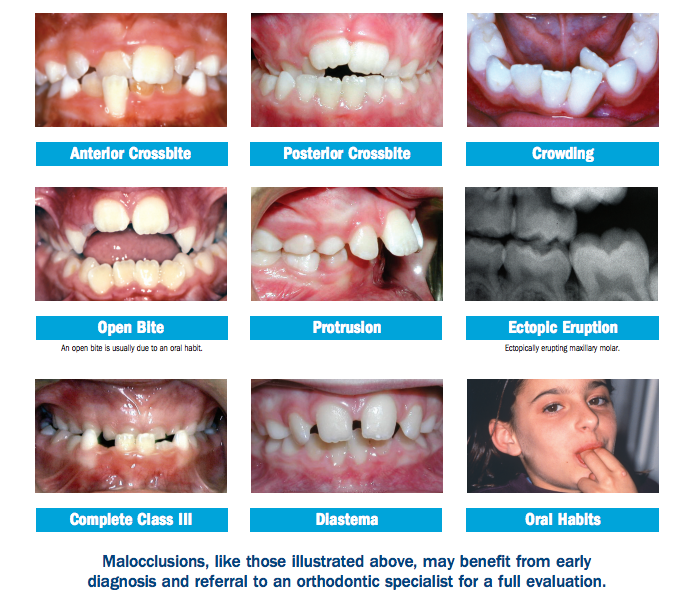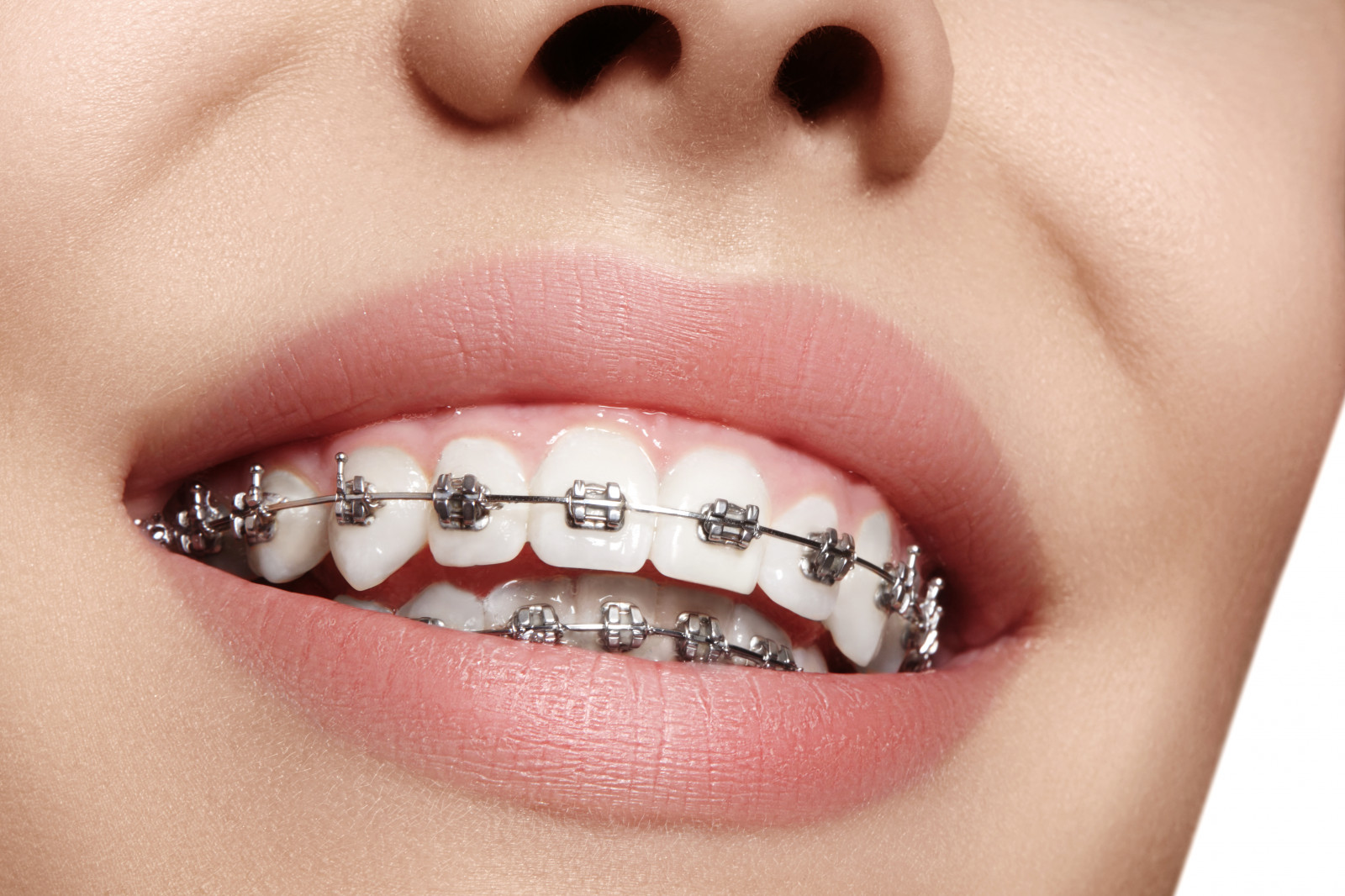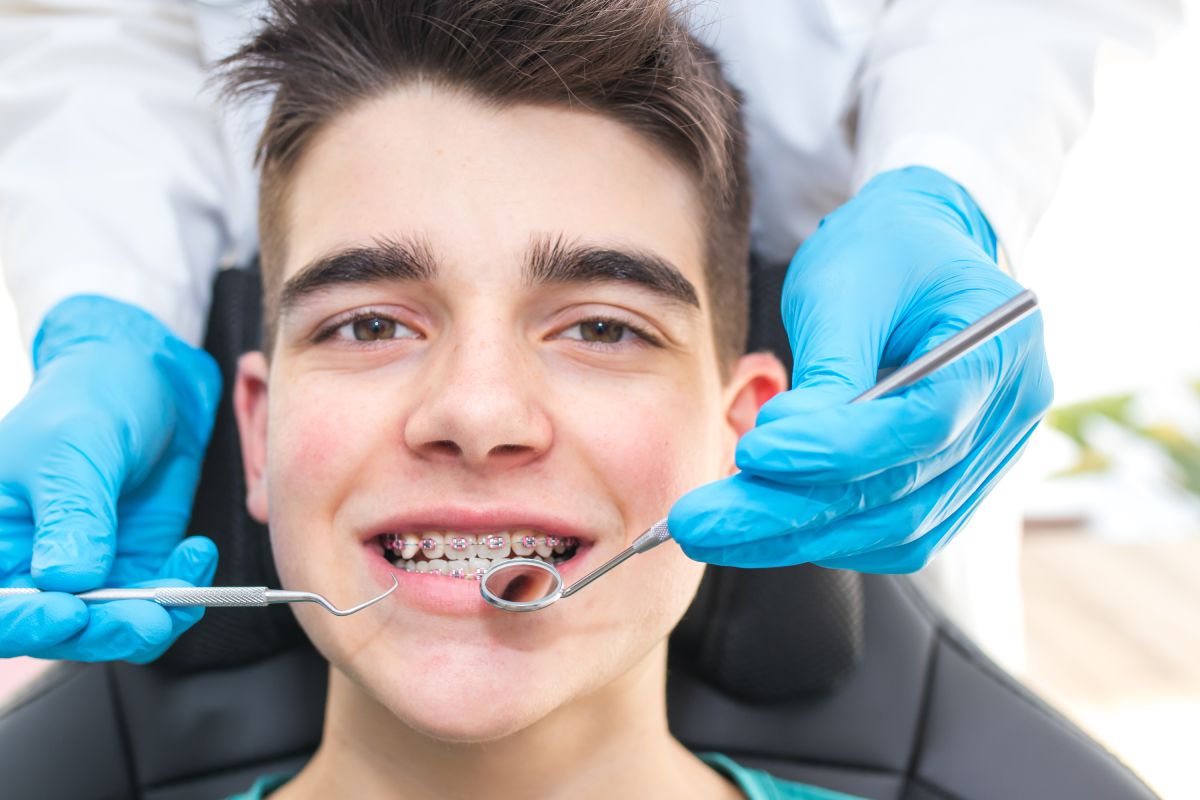Getting The Causey Orthodontics To Work
Getting The Causey Orthodontics To Work
Blog Article
The 2-Minute Rule for Causey Orthodontics
Table of ContentsThe 45-Second Trick For Causey OrthodonticsNot known Incorrect Statements About Causey Orthodontics Causey Orthodontics Things To Know Before You BuyCausey Orthodontics - TruthsThe Basic Principles Of Causey Orthodontics
Ignoring occlusal partnerships, it was normal to remove teeth for a selection of dental concerns, such as malalignment or overcrowding. The principle of an intact teeth was not commonly valued in those days, making bite connections seem unnecessary. In the late 1800s, the idea of occlusion was vital for creating reputable prosthetic substitute teeth.As these principles of prosthetic occlusion proceeded, it came to be a very useful tool for dental care. It remained in 1890 that the work and influence of Dr. Edwards H. Angle began to be felt, with his contribution to modern-day orthodontics particularly notable. Initially focused on prosthodontics, he educated in Pennsylvania and Minnesota before guiding his attention in the direction of dental occlusion and the treatments required to maintain it as a typical problem, thus coming to be referred to as the "papa of modern orthodontics".

The idea of optimal occlusion, as proposed by Angle and incorporated into a category system, allowed a shift in the direction of treating malocclusion, which is any inconsistency from typical occlusion. Having a full collection of teeth on both arches was highly looked for after in orthodontic treatment as a result of the requirement for exact partnerships between them.
More About Causey Orthodontics
As occlusion came to be the crucial concern, face proportions and appearances were overlooked - orthodontist near me. To attain ideal occlusals without making use of exterior pressures, Angle proposed that having ideal occlusion was the ideal means to acquire optimum facial looks. With the death of time, it came to be quite apparent that even a remarkable occlusion was not ideal when taken into consideration from an aesthetic factor of sight
Charles Tweed in America and Raymond Begg in Australia (who both studied under Angle) re-introduced dental care extraction into orthodontics throughout the 1940s and 1950s so they could boost face esthetics while additionally guaranteeing much better security concerning occlusal partnerships. In the postwar period, cephalometric radiography started to be used by orthodontists for measuring adjustments in tooth and jaw setting created by development and therapy. It ended up being apparent that orthodontic treatment might readjust mandibular growth, bring about the formation of functional jaw orthopedics in Europe and extraoral force steps in the US. These days, both practical home appliances and extraoral devices are used around the globe with the objective of changing growth patterns and kinds. Subsequently, going after real, or at the very least enhanced, jaw partnerships had actually become the major objective of therapy by the mid-20th century.
The Causey Orthodontics Diaries
 The American Journal of Orthodontics was produced for this function in 1915; prior to it, there were no scientific goals to follow, neither any exact category system and brackets that did not have attributes. Until the mid-1970s, dental braces were made by wrapping metal around each tooth. With advancements in adhesives, it ended up being possible to instead bond metal braces to the teeth.
The American Journal of Orthodontics was produced for this function in 1915; prior to it, there were no scientific goals to follow, neither any exact category system and brackets that did not have attributes. Until the mid-1970s, dental braces were made by wrapping metal around each tooth. With advancements in adhesives, it ended up being possible to instead bond metal braces to the teeth.This has actually had purposeful results on orthodontic therapies that are provided on a regular basis, and these are: 1. Right interarchal connections 2. Appropriate crown angulation (suggestion) 3.
The advantage of the layout depends on its bracket and archwire combination, which requires just very little cable bending from the orthodontist or medical professional (best orthodontist). It's aptly called after this feature: the angle of the port and density of the bracket base ultimately determine where each tooth is positioned with little requirement for extra adjustment
The 6-Minute Rule for Causey Orthodontics
Both of these systems utilized the same brackets for each and every tooth and necessitated the bending of an archwire in three airplanes for finding teeth in their wanted placements, with these bends determining ultimate placements. When it concerns orthodontic devices, they are divided right into 2 types: removable and dealt with. Removable home appliances can be tackled and off by the client as needed.

Thus, mostly all modern set appliances can be taken into consideration variations on this edgewise appliance system. Early 20th-century orthodontist Edward Angle made a significant contribution to the globe of dentistry. He developed 4 distinct device systems that have been used as the basis for lots of orthodontic treatments today, preventing a few exemptions.
What Does Causey Orthodontics Mean?

The cord finished in a thread, and to move it onward, an adjustable nut was made use of, which permitted an increase in area. By ligation, each private tooth was affixed to this large archwire (affordable orthodontist near me). As a result of its limited array of movement, Angle was unable to attain accurate tooth placing with an E-arch
These tubes held a firm pin, which could be rearranged at each appointment in order to relocate them in location. Referred to as the "bone-growing home appliance", this contraption was thought to encourage much healthier bone growth because of its potential for moving force straight to the roots. Executing it confirmed bothersome in truth.
Report this page